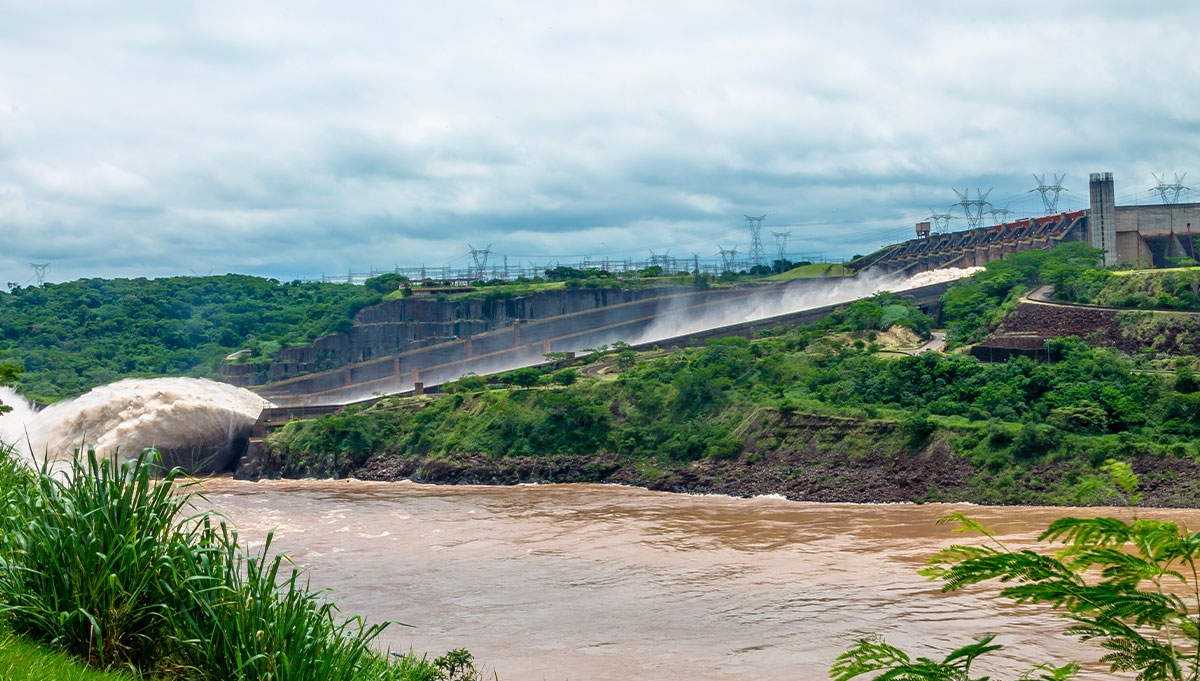Undoubtedly, Brazil has a significant advantage in developing renewable energy thanks to its vast territory and ranking as the seventh country worldwide with an abundance of natural resources.
The country’s energy sources encompass a diverse range, including hydropower, alternative energy (such as biofuel, wind, and solar), thermo energy (involving natural gas, industrial gas, oil, and coal), and nuclear energy.
Since 2003, the government has been proactive in creating programs that encourage investment by selling energy plans to private companies, thereby fostering the growth of the energy sector.
As of March 2023, Brazil holds a substantial share of nearly 7% in global renewable energy production and has established itself as a frontrunner in biofuels and hydropower technologies. With an eye towards further advancement, the country is now focusing on extending its energy innovation efforts into novel technological domains.
Initiatives like the National Hydrogen program and Fuel of the Future program have research and development as central components, reflecting Brazil’s commitment to pushing the boundaries of energy technology.
Hydropower: the pillar of the Brazilian energy system
Brazil is the world’s second largest hydropower producer by installed capacity and has the largest installed hydropower capacity in South America, with 60 percent of the continent’s total capacity.
Large hydropower remains the major source of the Brazilian electricity supply, with wind and solar representing about 11%.
In 2021, Brazil introduced a “water scarcity” electrical rate, increased energy imports from Argentina and Uruguay, accelerated infrastructure projects that can distribute power from the less-affected north-east to the south, and created a national committee that can swiftly reverse regional rules to optimize power and water usage. It also increased generation from gas-fired plants to compensate and stabilize electricity prices.
One of the most important sites from this point of view is the great Itaipu dam. The dam rises between Paraguay and Brazil, and is named after an island near the site. It is the largest hydroelectric plant operating in the world for annual energy production.
The artificial lake, boasting an impressive 29 billion m3 of water, stretches over 200 km in a straight line and covers an approximate area of 1400 km². The dam itself measures 7,700 meters in length and rises to a height of 196 meters.
With an installed capacity of 14,000 MW, the dam employs 20 turbines, each capable of generating 700 MW. Notably, one of these turbines alone supplies almost all of Paraguay’s electricity needs, while the remaining 19 turbines together meet approximately one-third of Brazil’s energy demands. It is noteworthy that 90% of Brazil’s electricity comes from power plants of this type.
In the year 2000, this hydroelectric facility successfully supplied 95% of Paraguay’s electricity demand and contributed to 25% of Brazil’s overall electricity supply. Such a significant contribution to both countries’ energy needs underscores the importance of this hydropower plant in the region.
Source: IEA.org


